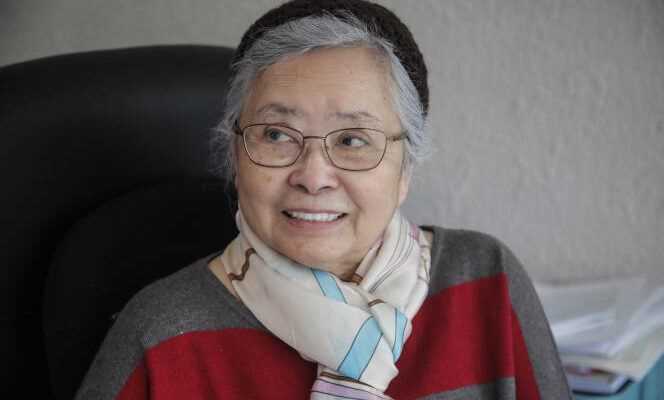In the extraordinary lawsuit brought by Tran To Nga – a 79-year-old Franco-Vietnamese woman who experienced the throes of war in her native country and suffers from several pathologies – against fourteen multinational agrochemicals, the Evry court (Essone) decided, Monday, May 10, that he was not competent. Not that Dow, Monsanto (BASF), Hercules, Uniroyal and the other implicated firms deny having supplied the American army with the famous “agent orange” of which 80 million liters were spread over Vietnamese forests between 1961. and 1971.
But the court stuck to the defense of the fourteen companies producing this chemical defoliant which caused millions victims, poisoned the environment, and which continues to give birth to severely disabled children generations later. These companies claim that they had acted “By order and for the account of the American State, in the accomplishment of an act of sovereignty”. Under these conditions, although they are companies of private statute, they cannot be judged because they benefit from the same right as the sovereign State for which they acted.
William Bourdon, Amélie Lefèbvre and Bertrand Repolt, who have volunteered to defend Tran To Nga for seven years, immediately made public the latter’s intention to appeal. They believe that the Evry court applies an obsolete principle, “In contradiction with modern principles of international law” and national. They hoped to obtain compensation, pending a final decision, and a medical expertise which would have made it possible to determine the prejudices suffered by their client in the 1960s. She was then working as a journalist among the fighters of the South Vietnam Liberation Front.
Toxicity known from the 1950s
Through dogged work, this trio gathered testimonies from trips to the United States, Vietnam, as well as revealing documents about these firms, all American, some of which have changed names following subsequent mergers and acquisitions. . At the time, they responded to a call for tenders, not a requisition from the government, argue these lawyers. And they had real latitude in how the defoliant was produced. Because at the time when it was massively dumped by air in Southeast Asia, a consumer version based on the same two herbicide molecules was manufactured according to another process which, for its part, did not generate the Seveso-type dioxin (TCDD) .
You have 58.55% of this article left to read. The rest is for subscribers only.
